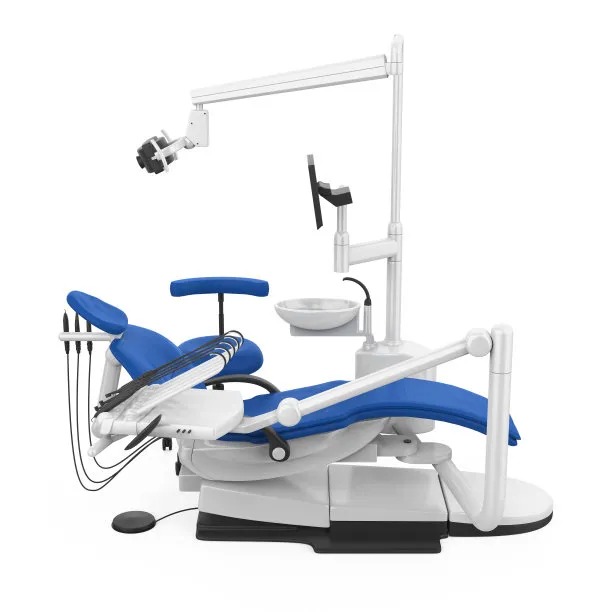Navigating the Process of Extracting a Tooth A Comprehensive Guide to Understanding the Procedure and Recovery
Summary: This comprehensive guide delves into the process of tooth extraction, aiming to educate readers about every aspect from procedure preparation to recovery. Understanding the nuances of tooth extraction can reduce anxiety and improve recovery outcomes. The article is segmented into four key areas: the reasons for extraction, the steps involved in the procedure, post-operative care, and potential complications. Each section elucidates vital information, ensuring readers feel informed and prepared. Whether you are facing an extraction due to decay, crowding, or other dental concerns, this guide outlines what to expect, promoting a smoother experience.
1. Reasons for Tooth Extraction Explained

Tooth extraction might be necessary for several reasons, including severe decay, periodontal disease, or overcrowding. Many patients find themselves needing an extraction when a tooth has become too damaged to be repaired. Bacteria can invade the tooth, leading to severe infections. When decay reaches the pulp or nerve, extraction becomes the most viable option.
Another common reason for extraction is orthodontic treatment. In some cases, teeth may need to be removed to make room for the remaining teeth to align correctly. This is particularly common in adolescents as their dental structure is still developing.
In addition, wisdom teeth extraction is a routine procedure. These molars often emerge misaligned or become impacted, leading to complications. Immediate extraction may prevent further dental issues and alleviate pain.
2. Understanding the Tooth Extraction Procedure
The first step in the extraction process is a thorough dental examination. This may involve X-rays to assess the tooths root and its proximity to other structures, such as nerves. Once the assessment is made, the dentist will discuss the best anesthesia option—either local numbing or sedation—depending on the extractions complexity.
Once the anesthesia takes effect, the dentist will proceed with the extraction. For simple extractions, the tooth is loosened with a tool called an elevator, followed by careful removal with forceps. Complex extractions, such as those involving impacted teeth, may require surgical intervention, where the dentist makes an incision in the gum to access the tooth.
After the tooth is removed, the dentist will clean the area and may place stitches to aid healing. Gauze is then applied to the extraction site to manage bleeding and promote clotting. Understanding these steps helps demystify the process and alleviates some apprehension patients may feel.
3. Post-operative Care for Recovery
Following a tooth extraction, proper care is essential for a smooth recovery. Initial care involves biting on gauze for a specified period to control bleeding. Once the bleeding subsides, patients can switch to gentle rinses with saltwater to keep the extraction site clean.
Over the next few days, its crucial to avoid strenuous activities and not disturb the clot that forms in the socket. Patients should refrain from using straws, smoking, or vigorous rinsing, as these actions can dislodge the clot and lead to dry socket, a painful condition.
Through pain management, dentists often prescribe analgesics or recommend over-the-counter medications. Eating soft foods for the first few days can also promote healing. Maintaining hydration and nutrition is essential while avoiding hot foods and beverages that could irritate the extraction site.
4. Possible Complications to Be Aware Of
While tooth extraction is a common procedure, complications can occasionally arise. One significant risk is dry socket, where the blood clot fails to form properly or becomes dislodged. This condition can lead to significant pain and may require additional dental visits for treatment.
Infections may also occur at the extraction site. Signs of infection include increased pain, swelling, or discharge. Patients should maintain open communication with their dentist during the recovery period to address any concerns promptly.
Other complications can include nerve damage or sinus issues, especially with upper tooth extractions. Awareness of these potential complications allows patients to take proactive measures and seek help as necessary, ensuring a focused approach to recovery.
Summary:
In conclusion, navigating the process of tooth extraction involves understanding the reasons behind the procedure, the process itself, post-operative care, and potential complications. By educating oneself about each aspect, patients can alleviate anxiety and foster a smoother recovery journey. The importance of following the dentists instructions cannot be overstated, as these guidelines are vital for successful healing.
This article is compiled by Vickong Dental and the content is for reference only.


